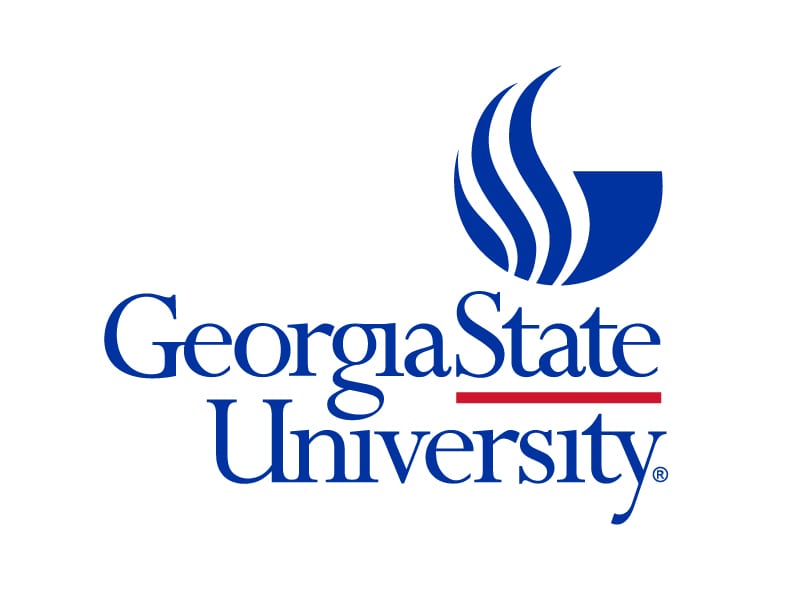Creating learning communities and organizing majors into meta-majors to support first-year students at Georgia State University



Challenge
How might we connect new students by similar academic interests to build community and foster student success?
Strategy
Two-pronged effort:
- Created Freshmen Learning Communities (FLCs) starting in 1999 in which 25 students with similar academic interests would take all fall semester classes together in a block schedule
- Organized similar majors into groups called “meta-majors” (e.g., STEM) starting in 2012 to address the issue of students losing credit hours from switching majors, which happens often during the first year
Outcome
FLCs have helped build a sense of community that makes GSU feel smaller for new students, with 95% of non-honors first-year students in FLCs by 2014. By creating meta-majors, FLCs were further improved by ensuring all courses taken via FLC counted for all majors within the meta-major. GSU has seen a 32% decrease in the number of major changes students make before graduation. Students in FLCs organized by meta-major showed higher first-year academic performance, first year-retention, and graduation rates. Some other highlights include:
- First-year retention rate of 85% for FLC participants in AY 2013-2014 versus 76% in 1998 before FLCs were created
- FLC participants also had higher first-year retention rate in AY 2013-2014 than non-participants (81%)
- 6-year graduation rate for the 2009 cohort, prior to the introduction of meta-majors, of 56% for FLC participants versus 50% for non-participants
- Average first-year GPA in AY 2013-2014 of 2.96 for FLC participants versus 2.73 for non-participants (edging them closer to the 3.0 eligibility requirement for HOPE)
Ready to take action?
Brainstorming prompts—around credentialing pathways and student support—for you and your team to consider
Learn more about credentialing pathways and student support from our research
Institution

Enrollment
36,343
Pell Recipients
53%
Students of Color
74%
Net cost of Attendance
$30,357 (in-state)
